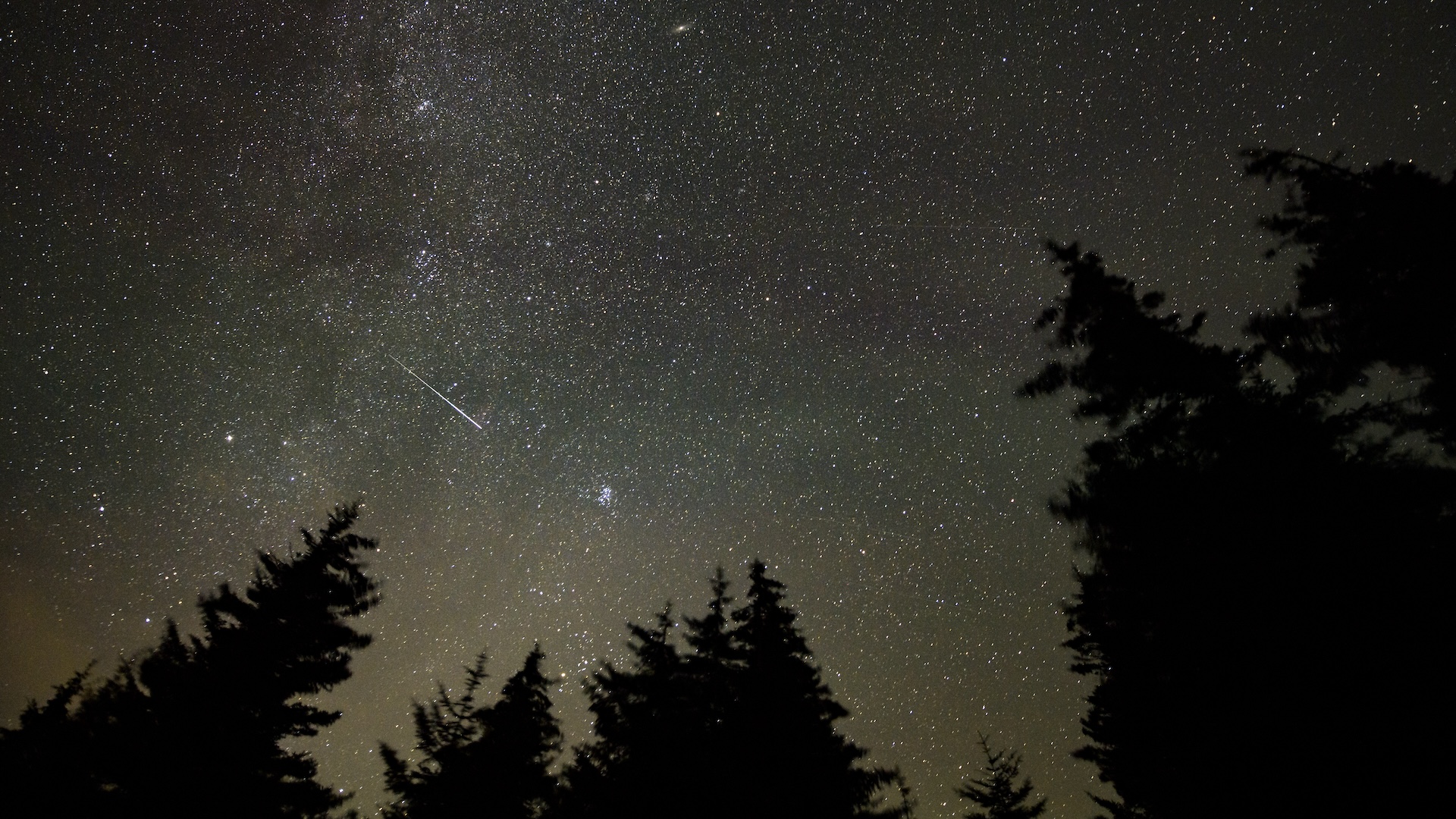
The North Taurid meteor shower peaks overnight tonight, bringing "shooting stars" to night skies worldwide.
The Taurids are two related and overlapping meteor showers that peak in November this year. First came the South Taurids, which run from Sept. 23 to Nov. 12 and peaked overnight on Nov. 4-5. Now come the North Taurids, which are active from Oct. 13 to Dec. 2 and peak overnight tonight, Nov. 11-12.
Although those are the peaks, both showers are long-lasting. That means they have broad peaks, during which about five shooting stars per hour can be expected. The two showers also merge, increasing your odds of seeing a wayward meteor this week.
The South and North Taurids may not be prolific in terms of the number of shooting stars, but what they do offer is fireballs. These exceptionally bright meteors can be seen over a very wide area, according to the Center for Near Earth Object Studies. Given their timing, these shooting stars are sometimes called "Halloween fireballs."
Related: Phew! No 'doomsday' asteroids hide in famous broken comet's debris stream
Both meteor showers result from debris left in the inner solar system by Comet 2P/Encke, which orbits the sun every 3.25 years — the shortest orbital period of any known comet in the solar system, according to NASA. It was last here in October 2023 and is due back in early 2027, but skywatchers can expect to see a showing of shooting stars from the comet's debris regardless of the year.
This year, the South Taurids are more likely to impress. The peak occurs while the moon is in its waxing crescent phase, meaning Earth's natural satellite will create little light pollution and dip below the horizon soon after sunset. That's not the case for the North Taurids, which peak under a waxing gibbous moon just a few nights before its full phase on Nov. 15. The strong moonlight in the night sky will make it tougher to see faint meteors, but it won't obscure the spectacular fireballs that are possible during both showers.
Although the South and North Taurids are visible throughout the sky, they appear to originate from the constellation Taurus, which rises in the east late at night during November. You do not need a pair of stargazing binoculars or a telescope to enjoy meteor showers; your naked eyes, if given some time to adjust to the darkness of night, will do just fine.
Editor's note: This article was updated on Nov. 11 to reflect that the peak of the South Taurids has passed while the peak of the North Taurids is about to begin.







